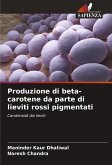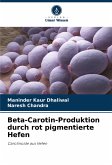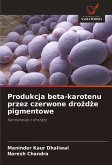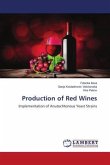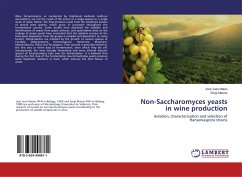This book explores the study of carotenogenesis in pigmented red yeasts from various niches. Despite the availability of several natural and synthetic carotenoids, there is currently a renewed interest in microbial sources of pigments due to their medicinal properties, pro-vitamin activity, production being independent of seasonal and geographical conditions and predictable yield. Carotenogenic yeasts are a diverse group of unrelated organisms (mostly Basidiomycota) and the majority of the known species are distributed in four taxonomic groups: the Sporidiobolale.s and Erythrobasidium clade of the class Urediniomycetes, and Cystofilobasidiales and Tremellales of the class Hymenomycetes. Carotenoids are the most pronounced, naturally occurring lipid-soluble yellow, orange, and red pigments having wide distribution, structural diversity, and different functions. Production of carotenes, the natural carotenoids, is more than 100 million tons per year worldwide. The carotenogenic yeasts isolated from various niches may be potential strain for commercial production of beta- carotene.
Bitte wählen Sie Ihr Anliegen aus.
Rechnungen
Retourenschein anfordern
Bestellstatus
Storno


